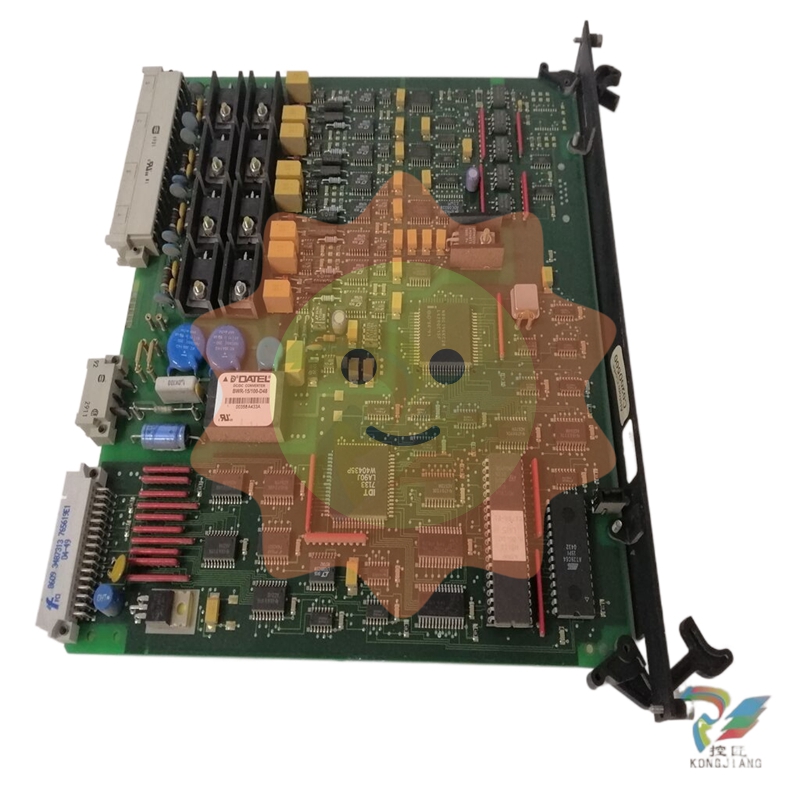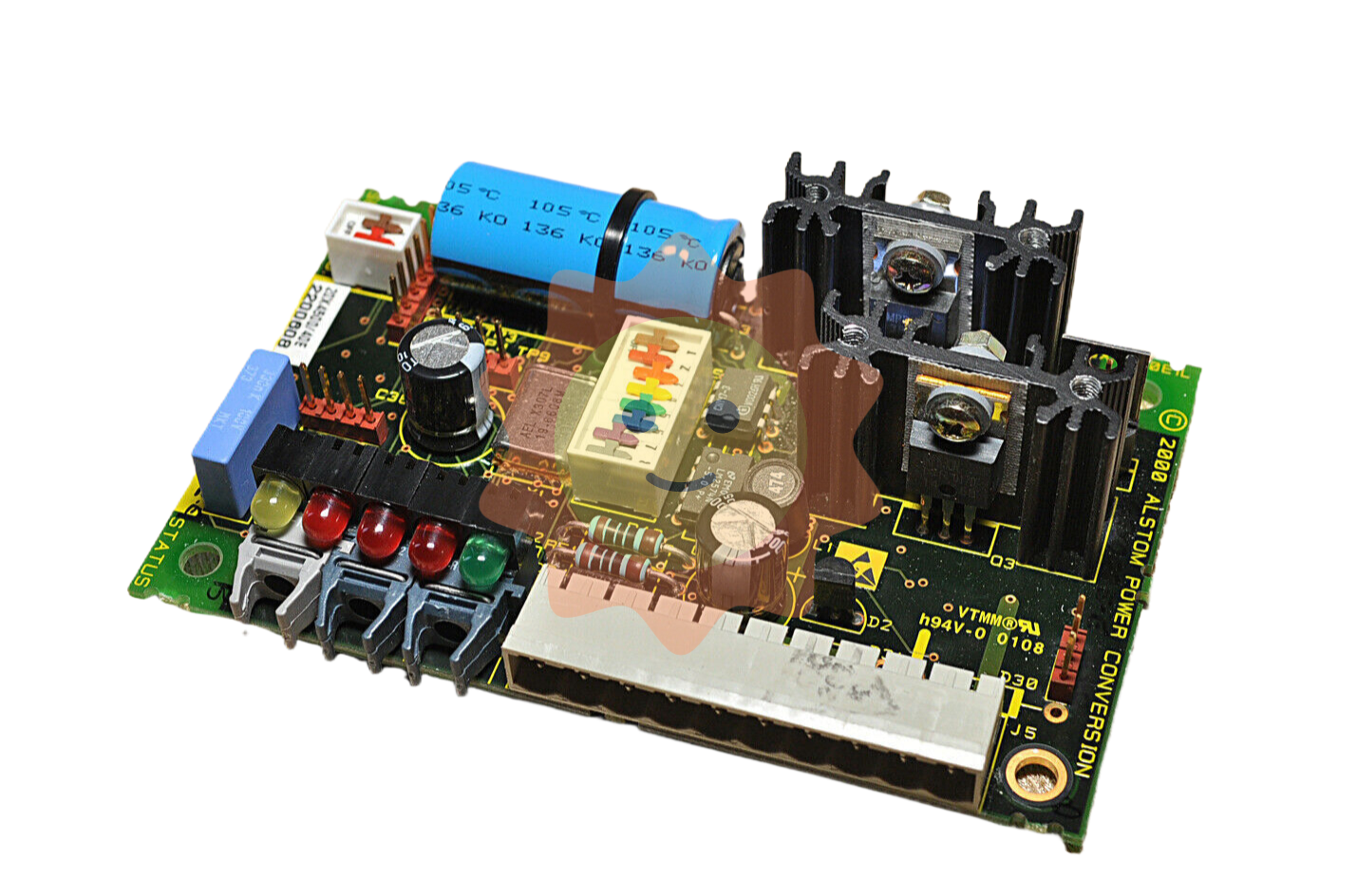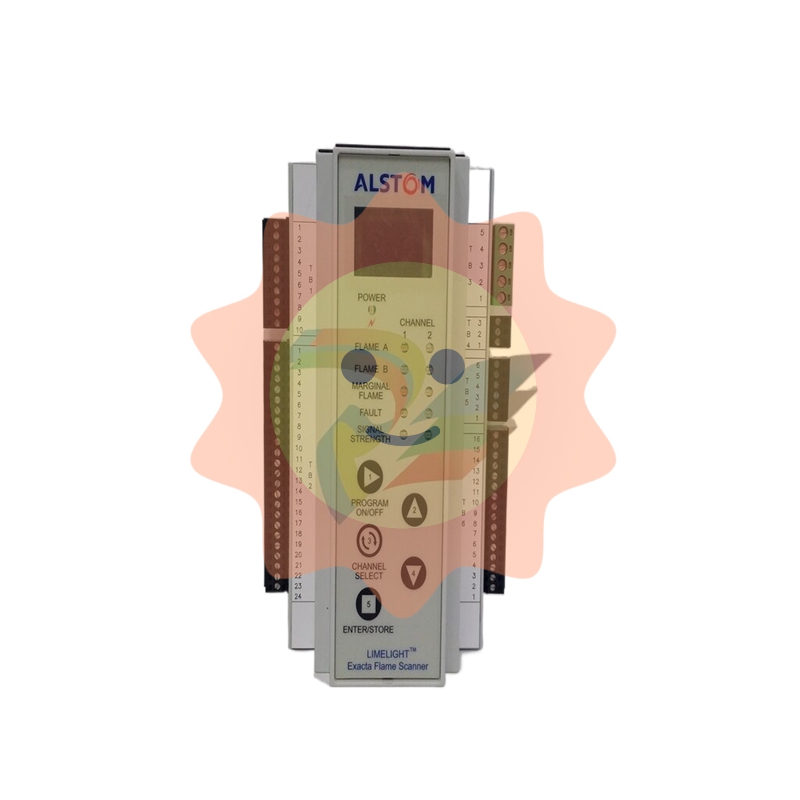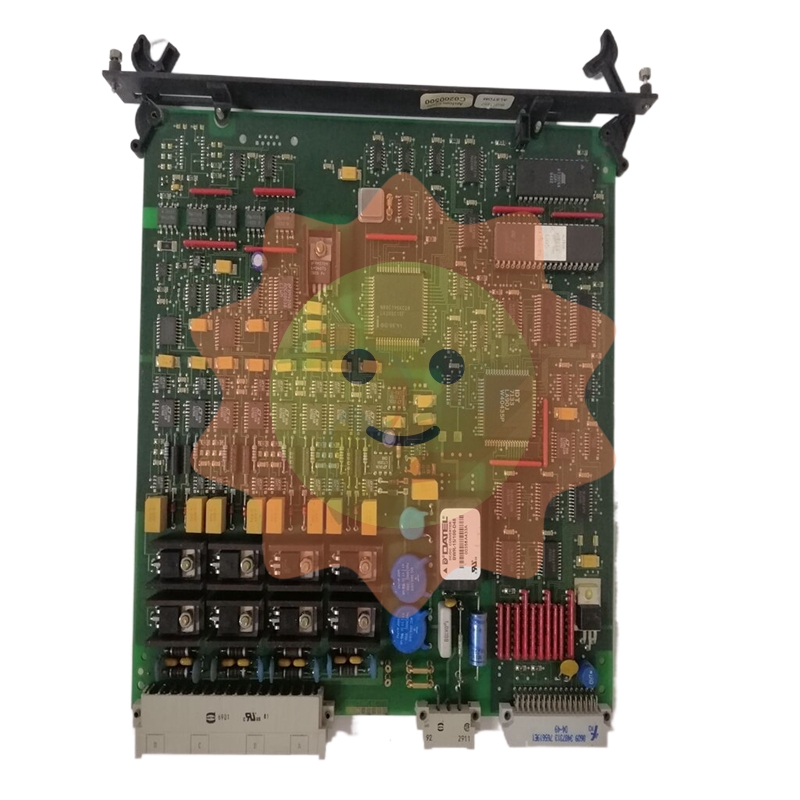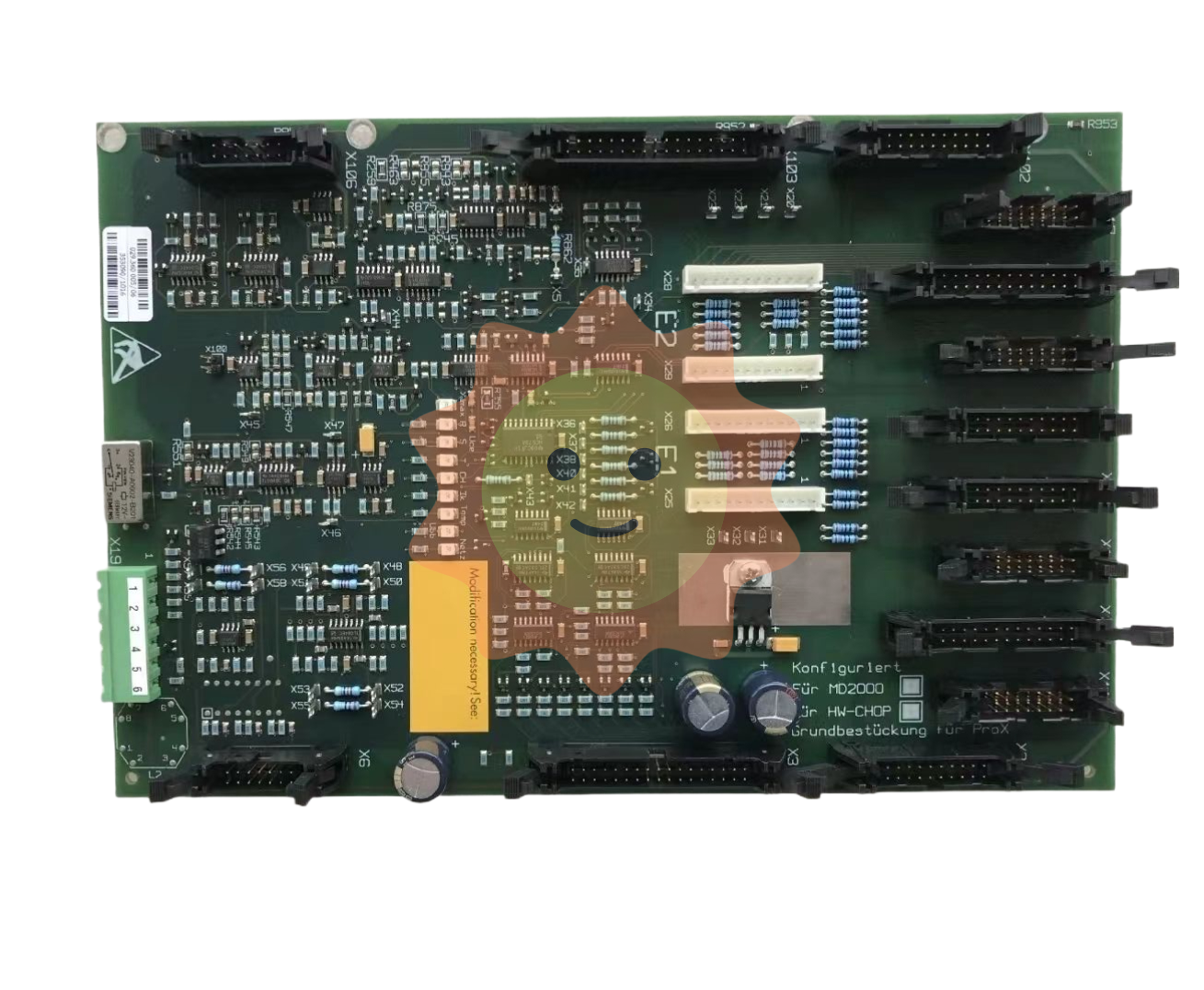Improve the service support capacity of electric vehicle charging infrastructure
First, accelerate the construction and installation of charging facilities in residential communities
(1) Improving the mechanism for promoting the construction of charging facilities in residential communities. Local development and reform, energy departments should strengthen coordination with housing and urban and rural construction departments, and jointly promote the construction and transformation of residential community charging facilities. Residential community management units should actively cooperate with users to install charging facilities and provide necessary assistance. The owners' committee shall, in combination with its own reality, clarify the specific process of the construction of charging facilities in the property service area.
(2) Promoting the construction of charging facilities in existing residential communities. Local development and reform, energy, housing and urban and rural construction departments should formulate action plans for the construction and renovation of charging facilities in existing residential communities, clarify the action goals, key tasks and promotion timing, and advance according to local conditions in combination with the renovation of old urban communities and the construction of urban residential communities to make up for weaknesses. With the installation conditions, the residential community should be equipped with a certain proportion of public charging parking Spaces, establish a time-sharing mechanism for charging parking Spaces, and create conditions for users to charge.
3. Strictly implementing the requirements for the allocation of new residential communities. New residential communities should ensure that 100% of fixed parking Spaces are built with charging facilities or reserved installation conditions. When installation conditions are reserved, power supply facilities such as pipelines and Bridges must be installed in the parking space to meet the requirements of direct meter installation and power connection. The relevant departments of all localities shall supervise according to law the planning and approval of new residential projects and the completion and acceptance inspection.

(4) Innovate the business model of residential community charging services. Encourage charging operation enterprises or residential community management units to accept the entrusted by owners, carry out the "unified construction and management" of residential community charging facilities, provide unified charging facility construction, operation and maintenance and other paid services, and improve the safety management level of charging facilities and the proportion of green electricity consumption. Encourage new models such as "adjacent parking space sharing" and "multiple cars and one pile".
Second, we will enhance the capacity of charging and replacing electricity in urban and rural areas
5. Establish and improve the planning work mechanism. Local development and reform, energy departments should actively work together with industry and information technology, natural resources, housing and urban and rural construction, transportation and other departments, scientific preparation of provincial charging infrastructure "14th Five-Year" special planning, to guide the city with districts and counties as the basic unit to prepare layout planning. Priority should be given to the use of land resources such as parking lots, and public charging stations built by means of new land supply should be strengthened. Content relating to layout, land use and use control, etc., should be well connected with relevant planning.
(6) Optimize the construction and layout of urban public charging networks. Further optimize the layout of public charging network in central urban areas, increase the construction of public charging facilities in peripheral urban areas, arrange change stations according to local conditions, and improve the ability of public charging service guarantee. Fully consider the charging needs of special vehicles such as public transport, rental and logistics, and build special charging stations in combination with parking lots. Encourage charging operation enterprises to gradually increase the proportion of fast charging piles through new construction, reconstruction, expansion, migration, etc.
(7) Strengthen the layout of charging networks in counties and towns. In accordance with the relevant requirements for comprehensively promoting rural revitalization, combined with the promotion of urbanization with county towns as an important carrier, we will speed up the shortcomings of the construction of charging infrastructure in counties and towns, and accelerate the realization of "full coverage of electric vehicle charging stations in counties and counties" and "full coverage of charging piles in townships". Priority is given to the allocation of public charging facilities in enterprises and institutions, commercial buildings, transportation hubs, public parking lots and other places.
(8) Accelerating the effective coverage of the fast charging network on expressways. We will speed up the formulation of a phased coverage plan for expressway fast charging networks in all provinces. Clarify the construction standards and specifications of expressway fast charging stations, incorporate fast charging stations into the supporting infrastructure scope of expressway service areas, strengthen the management of the project approval and acceptance of expressway fast charging stations, and do a good job in guaranteeing construction land and supporting power supplies. By 2025, the coverage rate of fast charging stations in the national ecological civilization pilot zone and the key areas of air pollution prevention and control will not be less than 80%, and not less than 60% in other areas.
(9) Improve the charging guarantee within the unit and the park. Government organs, enterprises and institutions, industrial parks and other internal parking lots to speed up the allocation of proportional charging facilities or reserve construction and installation conditions to meet the charging needs of official vehicles and employees' private cars. Encourage units and charging piles inside the park to open to the outside world, and further improve the public charging supply capacity.
Third, strengthen the development and application of new technologies such as vehicle network interaction
(10) Promote vehicle network interactive technology innovation and pilot demonstration. Support power grid enterprises to collaborate with auto enterprises and other upstream and downstream industry chains to build an integrated innovation platform for new energy vehicles and smart energy, carry out cross-industry joint innovation and technology research and development, and accelerate the construction of vehicle network interactive test and standardization system. Actively promote pilot demonstrations, explore the implementation path for new energy vehicles to participate in the electricity spot market, and study and improve the trading and scheduling mechanism for new energy vehicles to consume and store green electricity. Explore the unit and the park's internal charging facilities to carry out "optical storage, charging and discharge" integration pilot application.

(11) Encourage the promotion of intelligent and orderly charging. Local development, reform and energy departments should guide residents to participate in intelligent and orderly charging, accelerate the construction of intelligent and orderly charging demonstration communities, and gradually increase the proportion of intelligent and orderly charging pile construction. Local price authorities should do a good job of charging facilities peak and valley electricity price policy implementation. Encourage intelligent and orderly charging into the functional scope of charging piles and new energy vehicle products, and accelerate the formation of unified industry standards.
(12) Strengthen charging and replacement technology innovation and standard support. Accelerate the development and promotion of high-power charging standards, strengthen cross-industry collaboration, and promote the coordinated upgrading of all parties in the industry. Promote research and development of new technologies such as wireless charging and automatic unmanned charging. Promote the formation of a unified power replacement standard in the main application areas, and improve the safety, reliability and economy of the power replacement mode. Improve the data exchange standards between new energy vehicle batteries and charging facilities.
(13) Accelerate the promotion and application of the power change mode. Around the mine, port, urban transfer and other scenarios, support the construction of special layout change power stations, accelerate the exploration and promotion of vehicle-electric separation mode, and promote the electric transformation of heavy goods vehicles and port internal collection cards. Explore the shared power change mode in the fields of rental, logistics and transportation, and optimize and improve the shared power change service.
Fourth, strengthen charging facilities operation and network services
(14) Strengthen charging equipment operation and maintenance and charging order maintenance. Charging operation enterprises should improve the charging equipment operation and maintenance system, and improve the equipment availability rate and fault handling ability through intelligent and digital means. Encourage parking lots and charging operation enterprises to innovate technology and management measures, guide fuel vehicles and new energy vehicles to park in separate areas, and maintain a good charging order.
(15) Improve the service experience of public charging network. Accelerate the interconnection of charging operation enterprise platforms, realize information sharing and cross-platform, multi-channel payment and settlement, and improve the convenience of charging and user experience. We will encourage innovation in models such as the integration of parking and charging, realize the interconnection of parking and charging data and information, and implement measures to benefit the people such as parking concessions for charging vehicles.
Fifth, do a good job in supporting power grid construction and power supply services
16. Strengthening the construction of supporting power grids. Power grid enterprises should do a good job in the connection of power grid planning and charging facility planning, increase investment in supporting power grid construction, and reasonably reserve high-voltage and high-power charging support capabilities. Local departments of natural resources, housing and urban and rural construction should guarantee resources such as land for power grid construction and corridor space for supporting charging facilities, and increase coordinated efforts to promote project construction.
(17) Strengthen supporting power supply services and supervision. Power grid enterprises should comprehensively improve the service level of "access to electricity", optimize online electricity security services, implement the "three zero" and "three provinces" service initiatives, provide contractual services for charging operation enterprises and personal business handling, and implement time-limited completion. The agency of the National Energy Administration should increase the supervision of the implementation of power supply and price policies, cooperate with the market supervision departments of local governments to regulate the transfer of power supply behavior, and do a good job of supporting power supply service guarantee.

6. Strengthen quality and safety supervision
(18) Establish and improve the industry supervision system. Promote the establishment of charging equipment product quality certification operators credit system. We will establish an exit mechanism for "zombie enterprises" and "zombie piles" to support the merger and reorganization of competitive enterprises and make them bigger and stronger. The security responsibilities of all parties shall be fulfilled in strict accordance with the requirements of "three regulations and three necessities". Strengthen the product quality and safety responsibility of automobile, battery and charging facilities manufacturers, and strictly check the quality and safety of construction, design, construction and supervision units. In the construction and installation of charging facilities in gas stations and filling stations, they should be arranged in the auxiliary service area. Charging facility owners, residential community management units, after-sales maintenance units, etc., should strengthen the safety management of charging facilities, timely detection and elimination of security risks. Local energy, housing and urban and rural construction, fire departments combined their responsibilities to strengthen the fire safety supervision and management of supporting power supply, planning and construction and centralized charging places. Establish and improve the safety management mechanism at all levels, strengthen the safety supervision of charging facilities operation, and strengthen the safety management of community electricity consumption. Establish fire accident investigation, handling and traceability mechanisms, and encourage the promotion and application of relevant safety liability insurance.
(19) Accelerate the establishment of a national, provincial and municipal supervision platform system. Expand the regulatory platform to cover cities, gradually build a national, provincial, and municipal charging facility supervision platform system that is vertically connected and horizontally coordinated, improve functions such as data service, safety supervision, and operation analysis, and promote cross-platform security early warning information exchange and sharing. Accelerate the data integration of the charging facility supervision platform and the new energy vehicle monitoring platform, and explore the construction of an integrated supervision system for vehicle piles. The government regulatory platform should maintain a fair position and regularly release to the society the operation of the province's charging infrastructure.
7. Increase fiscal and financial support
20. Improving fiscal support policies. Provide financial support for the construction of charging piles as public facilities. Local governments are encouraged to establish operation subsidy standards linked to service quality, and further tilt towards high-quality terminals. Encourage local governments to strengthen subsidies for demonstration facilities such as high-power charging and vehicle network interaction to promote industry transformation and upgrading.
(21) Improving financial service capabilities. Innovative use of special bonds and funds and other financial instruments, focusing on supporting charging facilities and supporting power grid construction and renovation projects. Various financial institutions are encouraged to provide financial support for the construction of charging facilities through a variety of channels. Insurance institutions are encouraged to develop insurance products suitable for charging facilities.
- EMERSON
- Honeywell
- CTI
- Rolls-Royce
- General Electric
- Woodward
- Yaskawa
- xYCOM
- Motorola
- Siemens
- Rockwell
- ABB
- B&R
- HIMA
- Construction site
- electricity
- Automobile market
- PLC
- DCS
- Motor drivers
- VSD
- Implications
- cement
- CO2
- CEM
- methane
- Artificial intelligence
- Titanic
- Solar energy
- Hydrogen fuel cell
- Hydrogen and fuel cells
- Hydrogen and oxygen fuel cells
- tyre
- Chemical fiber
- dynamo
- corpuscle
- Pulp and paper
- printing
- fossil
- FANUC
- Food and beverage
- Life science
- Sewage treatment
- Personal care
- electricity
- boats
- infrastructure
- Automobile industry
- metallurgy
- Nuclear power generation
- Geothermal power generation
- Water and wastewater
- Infrastructure construction
- Mine hazard
- steel
- papermaking
- Natural gas industry
- Infrastructure construction
- Power and energy
- Rubber and plastic
- Renewable energy
- pharmacy
- mining
- Plastic industry
- Schneider
- Kongsberg
- NI
- Wind energy
- International petroleum
- International new energy network
- gas
- WATLOW
- ProSoft
- SEW
- wind
- ADVANCED
- Reliance
- YOKOGAWA
- TRICONEX
- FOXBORO
- METSO
- MAN
- Advantest
- ADVANCED
- ALSTOM
- Control Wave
- AB
- AMAT
- STUDER
- KONGSBERG
- MOTOROLA
- DANAHER MOTION
- Bentley
- Galil
- EATON
- MOLEX
- Triconex
- DEIF
- B&W


email:1583694102@qq.com
wang@kongjiangauto.com




